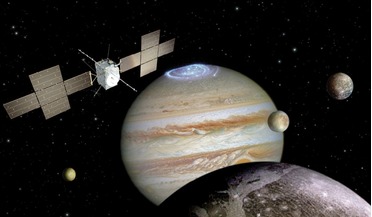 October 2017
Exploring Jupiter’s icy moons
October 2017
Exploring Jupiter’s icy moons
...the emergence of life?’ and, ‘How does the solar system work?’ JUICE’s primary mission themes are the emergence of...the question: ‘Are there current habitats elsewhere in the Solar System with the necessary conditions to sustain life?’ The JUICE ...
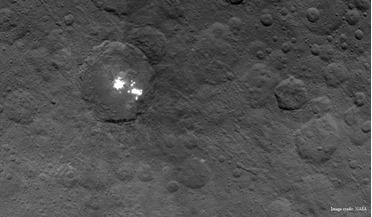 01 July 2015
Ceres, Dawn, mysterious bright spots, and exploring the solar system
01 July 2015
Ceres, Dawn, mysterious bright spots, and exploring the solar system
... bright spots drives home the point that even as we contemplate the possibility of interstellar voyages , our own solar system is still in many ways uncharted territory for humanity. And it’s not as if Ceres hasn’t surprised scientists before. In the...
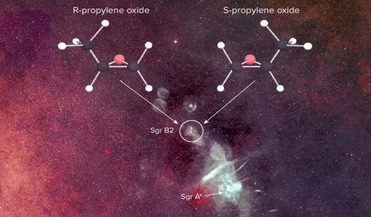 15 June 2016
Scientists discover a chiral molecule outside of our solar system for the first time
15 June 2016
Scientists discover a chiral molecule outside of our solar system for the first time
... have opposite chirality. Nonetheless, chiral molecules have intriguingly been found in meteorites on Earth and comets in our Solar System, prompting the suggestion that radiation in the interstellar medium could have caused the selective destruction...
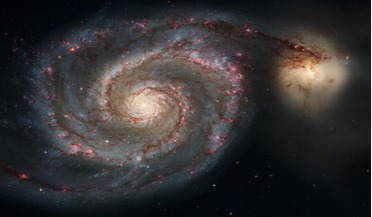 04 January 2019
Merger with the LMC spells doom for our Solar System
04 January 2019
Merger with the LMC spells doom for our Solar System
...a chain-reaction of events that could result in our Solar System being kicked out into interstellar space. The Milky Way,...cosmic firework display for our ancestors to witness (if the Solar System was not cast out into space), according to the ...
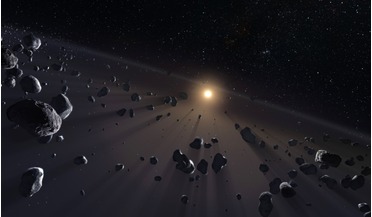 10 September 2021
Survey detects 461 Solar System objects not found before
10 September 2021
Survey detects 461 Solar System objects not found before
... as objects in distant resonances or high inclinations, which are relevant to more detailed hypothesis of the formation of the outer Solar System”, the authors write in their paper. This huge haul means that it is the second largest TNO catalogue...
 04 February 2018
Worlds Fantastic, Worlds Familiar: A Guided Tour of the Solar System
04 February 2018
Worlds Fantastic, Worlds Familiar: A Guided Tour of the Solar System
...list of this book appears to cover the planets of the solar system one by one but a second glance shows that the ... the author substitutes some of the better known moons of the solar system, such as Titan and Enceladus… and despite its downgrading by ...